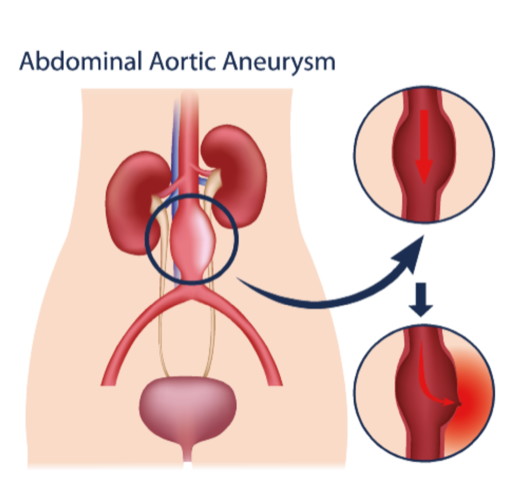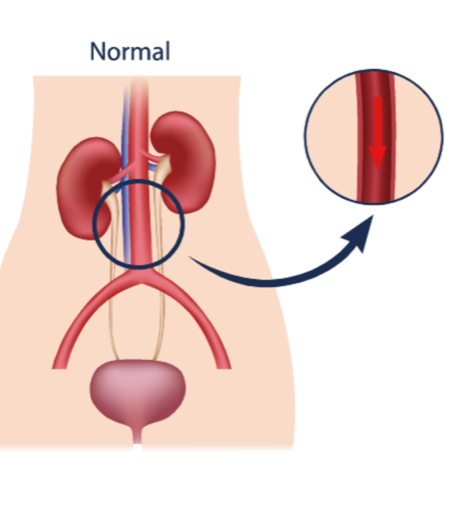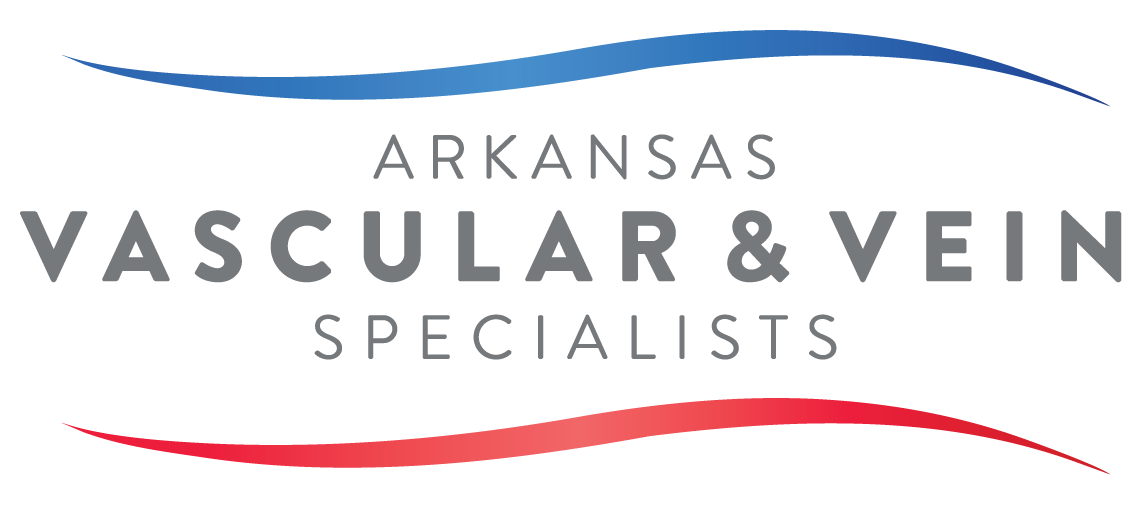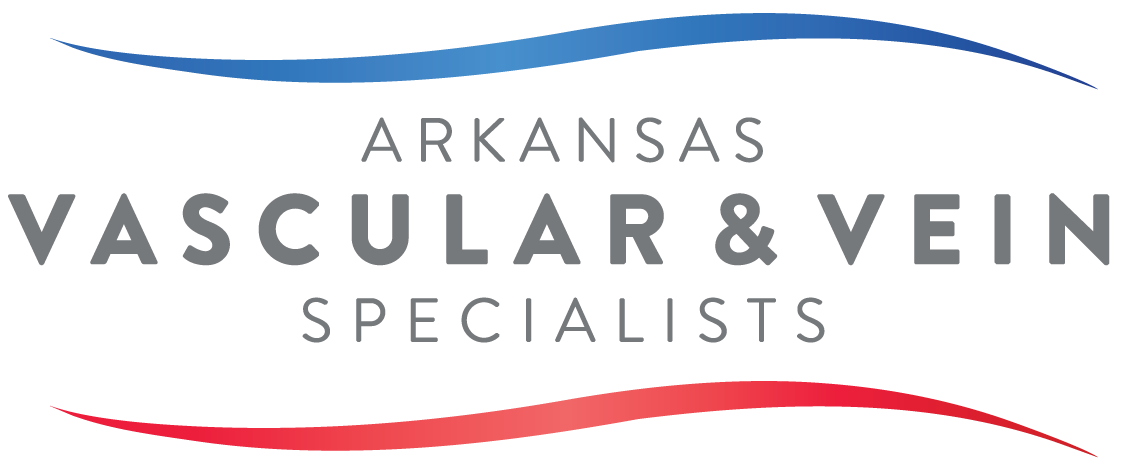Aneurysms
How do I know I have aneurysm?
- Aneurysms develop over time and are often silent without symptoms until they reach a larger size or rupture or throw a clot.
- They can cause a pulsatile sensation at the affected blood vessel, pain or discomfort at the affected area.
- A ruptured aneurysm is life-threatening and requires immediate medical attention.
What are the treatment options?
- Open surgery.
- Endovascular repair.
- Observation or monitoring of the aneurysm with vascular or radiological studies.
What do I do if I have an aneurysm?
- Work closely with your health care provider to manage your medical comorbidities such as high blood pressure and high cholesterol level.
- Ask for a referral to be evaluated by a vascular surgery.
- What if left untreated?:
- The aneurysm can grow, rupture, leading to a life-threatening bleeding.
- The aneurysm can clot and compromise flow to other organs.
What’s an aneurysm?
An aneurysm is a ballooning or bulging of a blood vessel due to weakening of the vessel wall. It can occur in any artery, can rupture and cause severe bleeding or can send a clot downstream the vessel compromising blood flow to different organs in your body.
Aneurysms are most common in the aorta ( the main blood vessel that carries blood from your heart to the rest of your body), brain, legs and vessels that carry blood to your bowels, spleen, kidneys, and liver.




